Pioneer Florida Museum & Village
Step into the past and experience what life was once like in the Sunshine State.
When you think of Florida, what comes to mind? Maybe it’s the turquoise waters of the Florida Keys or the towering mangroves of the Everglades. Maybe it’s Miami’s vibrant nightlife. Maybe it’s Disney World. One-room schoolhouses, butter churns, and steam engines probably aren’t the first things that are associated with the Sunshine State, but they’re an important part of its history and culture—and you can see them all firsthand at the Pioneer Florida Museum and Village.
The open-air museum got its start in 1961, when a San Antonio resident gave the Pasco County Fair Association a gift of antique farm tools and vehicles. The gift, which included 37 pieces of vintage farm equipment, was the start of the Pioneer Florida Museum. Since then the museum has grown, and today it is filled with pieces of history ranging from Native American artifacts to historically significant buildings.
There are a number of buildings on the museum’s 16-acre campus in Dade City. The main museum, which was built in 1975, is housed in a large steel building with a wide porch. Inside, visitors will find a variety of collections; Native American tools and objects, dolls and toys, textiles, pottery, and more. A replica of a dental office educates visitors on early medical practices.
In 1976, a schoolhouse that was scheduled for demolition became the first historic building to be moved to the museum’s campus. The Old Lacoochee School was built in the 1930s. After the move, it was restored and furnished in the style of early Florida’s one-room schools.
The oldest building at the museum is the Overstreet home, a two-story farmhouse that was built in 1864. It is furnished in the style of the time, and features equipment that would have been common for settlers in Florida: a wood-burning stove, a butter churn, a spinning wheel, and more. Other buildings include the Enterprise United Methodist Church, which was built in 1878 and still hosts wedding ceremonies, and the Trilby Depot, built in 1896. At the depot, visitors can see a steam engine from 1913.
In June 2020, the museum added a 110-year-old log cabin to its collection. Steve Melton, a museum volunteer who oversaw the relocation of the Lacoochee Log House, told the Tampa Bay Times that he had “never seen a better example of Florida Cracker-style architecture.” Houses in the Florida Cracker style are known for metal roofs, raised floors, and straight central hallways—architectural elements that could help keep a house cool in the days before air conditioning. The cabin is built out of cypress, a tree found throughout Florida’s swampy habitats. Cypress lumber is known for its durability and resistance to decay—part of the reason this structure has survived for well over a century.
In addition to its exhibits and historic buildings, the Pioneer Florida Museum hosts a variety of events and activities throughout the year. These include a farm festival, a quilt show, sugarcane grinding demonstrations, and a country Christmas event.
Know Before You Go
The Pioneer Florida Museum and Village is open Tuesday through Saturday from 10 a.m. to 5 p.m. It is closed on major holidays. Check the website for ticket prices and other information.
Experience Florida’s Sports Coast strives to make sure every visitor experience is the best it can be by providing up-to-date information. The safety of our visitors is our highest priority and we always want you to have the resources you need to make informed travel decisions when it comes to COVID-19 (or Coronavirus).



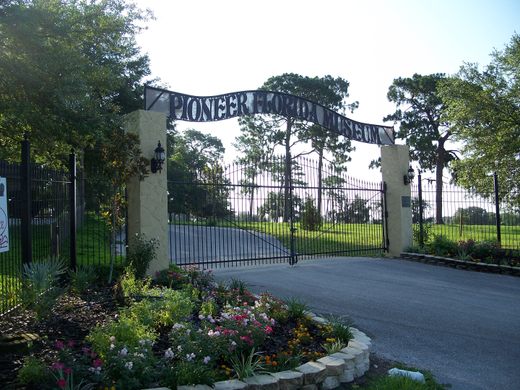

















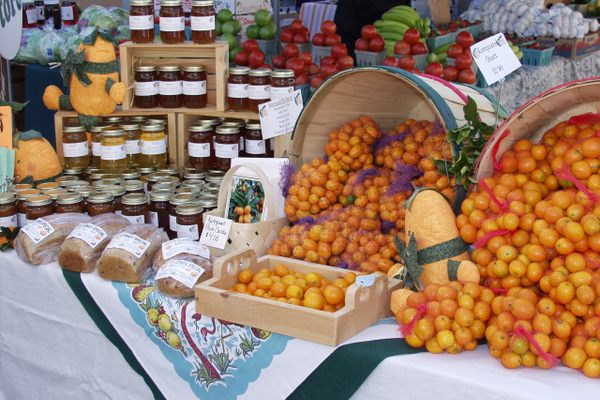
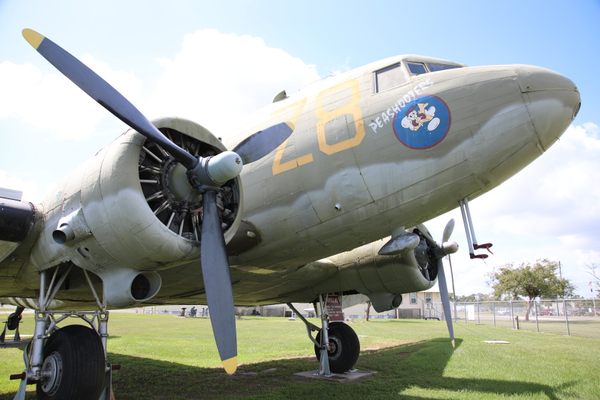

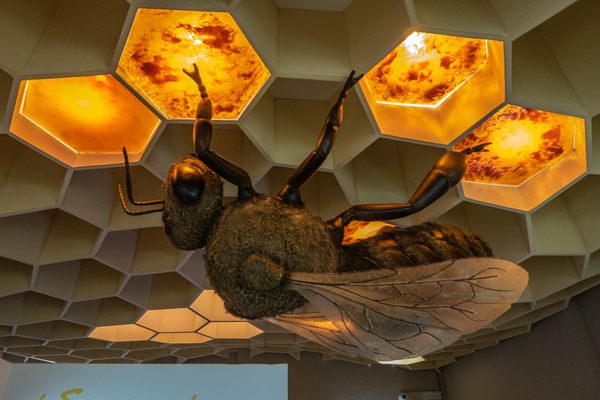
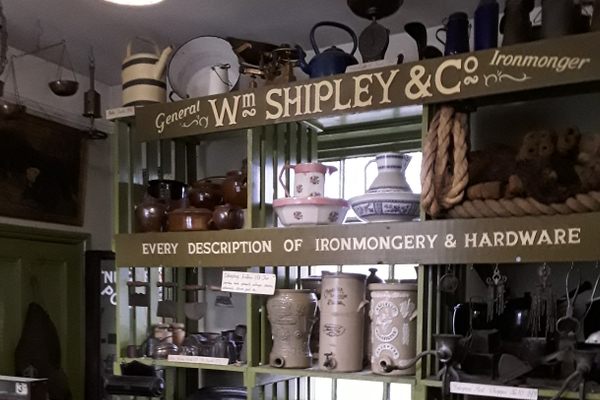
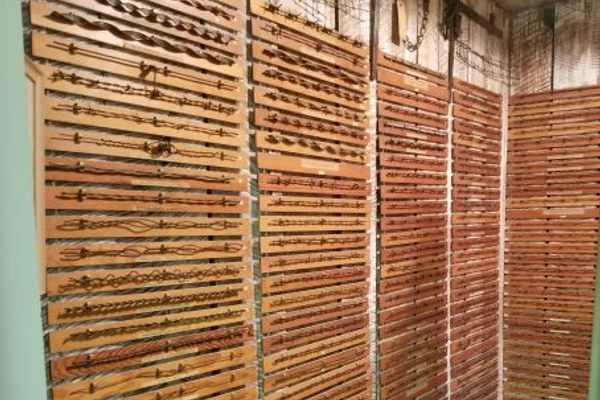



Follow us on Twitter to get the latest on the world's hidden wonders.
Like us on Facebook to get the latest on the world's hidden wonders.
Follow us on Twitter Like us on Facebook